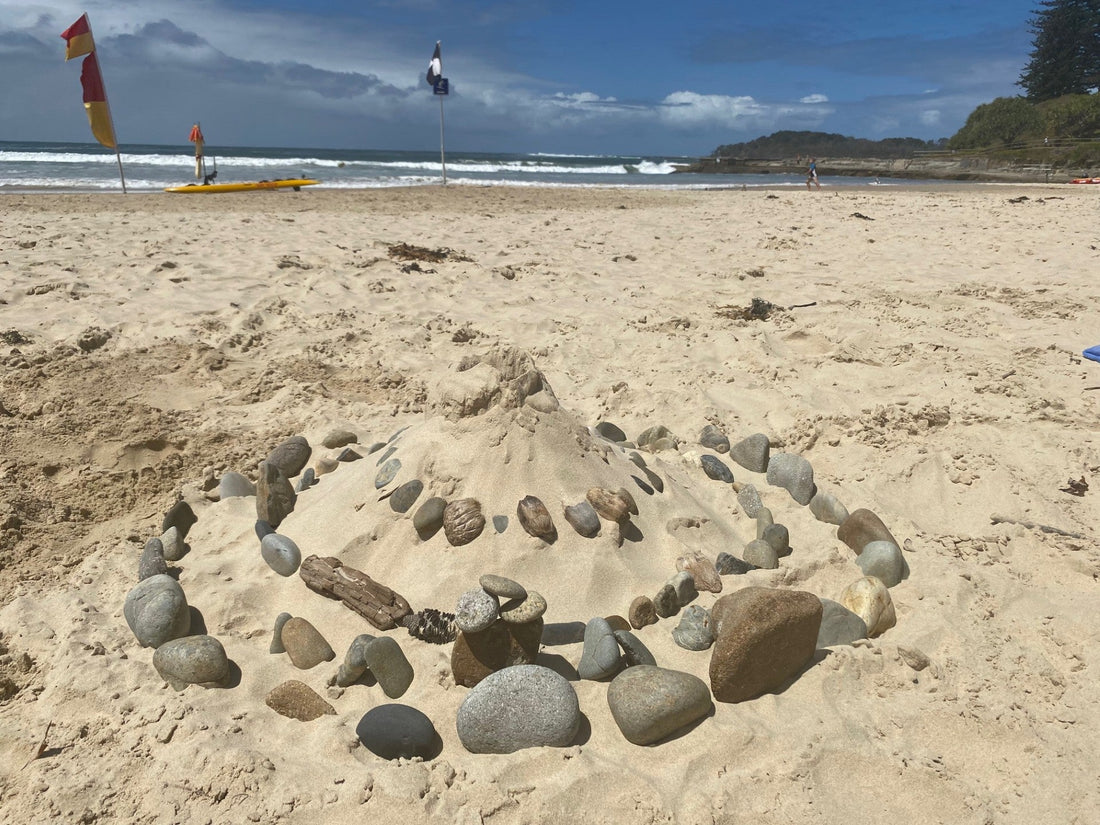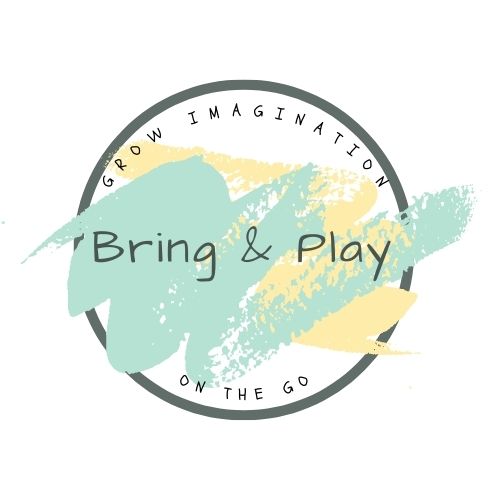
Loose Parts Play
Share
Why is Loose Parts Play important?
Everyday objects like stones, sticks, buttons, shells or fabric scraps, empower children to direct their own play experiences, fostering creativity and learning. Children interact with a variety of materials that can be moved, combined, redesigned, and taken apart in countless ways.
Loose part play has no directions and no instructions and can provide great sensory experiences.
What do I use?
Natural resources work well and can be collected by the child.
- Shells
- Twigs
- Sticks
- Stones
- Flowers
- Rocks
- Corks
- Pasta
- Buttons
- Bottle caps
- Rice,
- Beans
- Cardboard and lots more!
What can you make?
Nature Collage-Collect natural items like leaves, twigs, and flowers, and let children arrange them into artistic collages
Symmetry Art- Draw a large symmetrical shape, such as a butterfly, on paper. Children can then create matching patterns on each side using loose parts
Sensory Bins- Fill containers with materials like rice, beans, or sand, and hide small loose parts within. Children can explore these sensory bins to discover hidden treasures, stimulating tactile senses and curiosity
Story Stones- Paint simple images on stones and encourage children to use them as prompts for storytelling, fostering language development and imagination.
Loose Parts Maths-Use items like bottle caps, buttons, or shells to teach counting, sorting, and pattern recognition
Experiment and explore!
Design and Create!
Play and Imagine!
Most of all....have fun! x
